Ox blood, cooked banana, egg, guava, horse hair, sticky rice, milk. Long before the invention of chemical admixtures, concrete was strengthened with these elements, warding off cracking and bolstering its weather resilience. But bridges and factories, pantheons and pentagons are still held together with an unseen, once-living glue.
This brings to mind a myth: A living body – a woman – is tricked into being buried alive into the foundations of an edifice. Sacrificial blood, hidden and remembered only in myth, makes the edifice stronger. As old as concrete itself, this story repeats itself over and over again.
Closer to home, death can be found hidden in the bricks and walls of architectural manifestations of political and economic ideologies – great factories intended to supply a glorious future. Entire lives lodged in production, their individual traces left in the concrete materials remaining. Hair and nails, sweat and spit, sound waves vibrating through cement fortifying not pieces of wall but pieces of lives half-lived.
And yet all edifices fall. What remains?
Places where all possibilities are exhausted. Locations where anything is possible. Speculation…
Apaca and Tricodava are twin wastelands in Sector 6, Bucharest. Apaca is located not far from the former Presidential Palace, and Tricodava is a few blocks to the south-west, next to Kaufland.
The two production and storage complexes formed the largest clothing factories in the “Golden Age” of Communist-era Romania. In the wake of the overthrow of Ceaușescu’s regime, state-owned companies such as Apaca and Tricodava were privatised. Through MEBO-type (Manager-Employee-Buyout) arrangements, workers acquired shares of their companies. Hope for sale: an initial experiment in capitalist self-empowerment. Many workers simply sold their new shares. The longterm result: the unemployment of the 815 remaining, mostly female, workers. Over the same period, the introduction of competitively priced, imported goods gradually rendered the textile industry in Romania redundant.
Most of Tricodava and the northern section of Apaca have already been demolished. Two vast brownfields in Sector 6 leave no trace of bodies, concrete and work, only dust and money (both invisible).
The sites continue to be the subject of various forms of speculation, both mythic and market-driven. Working with this double meaning of the term “speculation”, over a five-week period artists Larisa Crunțeanu and Sonja Hornung tease out their own speculations, documenting their process in the form of a visual diary.

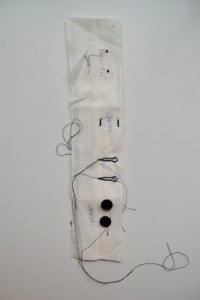
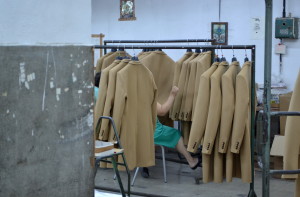
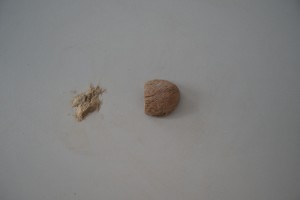




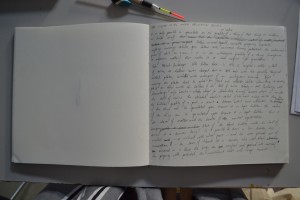
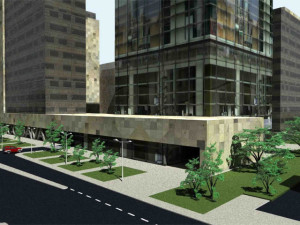
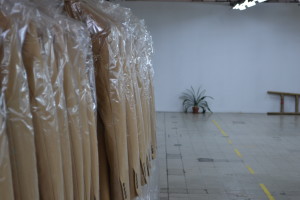
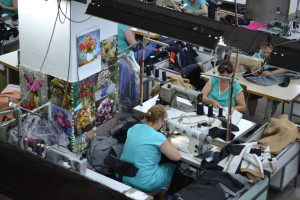
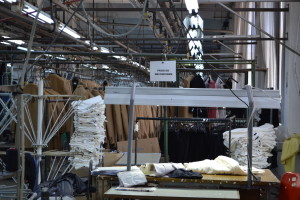
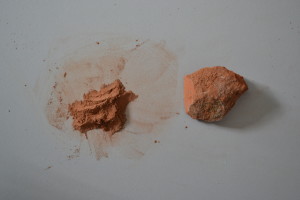
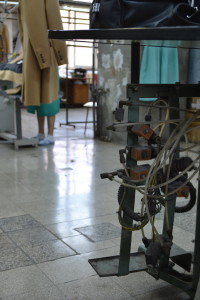
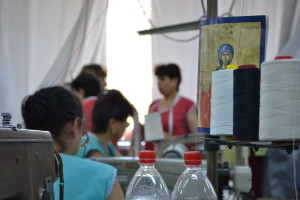
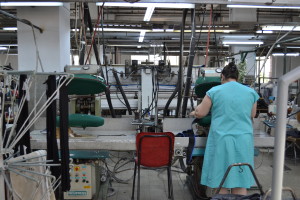
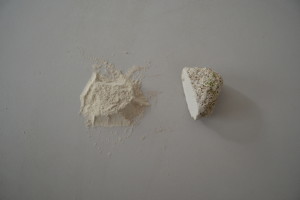

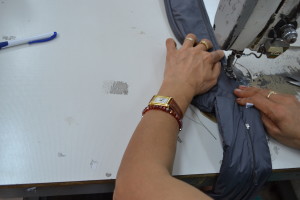

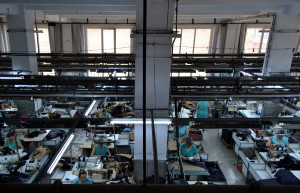


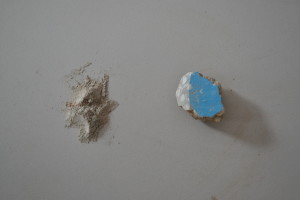
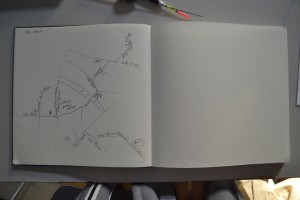
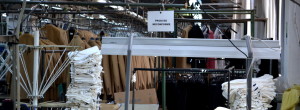
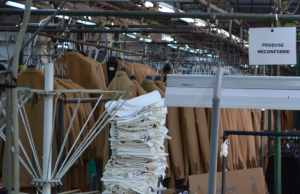
All images by the artists.
Biographies
Larisa Crunțeanu
Larisa Crunțeanu works with performance, video and sound. She is a PhD student in the National Arts University in Bucharest and has a background in Journalism and Video Art. Together with Xandra Popescu, she powers the project space Atelier 35.
Sonja Hornung
Sonja Hornung is a visual artist. Working with installation, drawing and writing, she investigates dilemmas generated by the (un)bordered nature of space. She is currently studying Art in Public Space (MA Raumstrategien) at the Berlin-Weißensee School of Art.